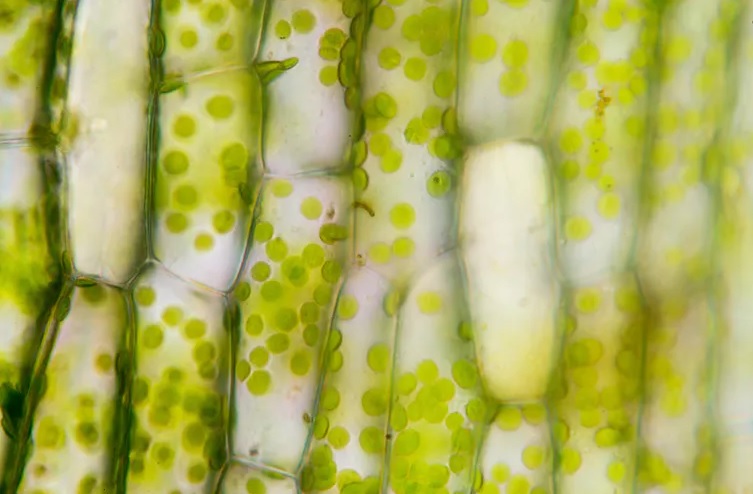Something you’ve probably never wondered about — can plants get cancer?
Not very easily. Proof is all the lush flora growing around the very radioactive remains of the Chernobyl nuclear power plant.
To understand why, remember that radiation can cause all kinds of cellular damage, especially to DNA. The common result is that the body’s cells start to multiply uncontrollably and spread. This is bad news for animals because our cells are so specialized. We need all the parts working together; if lungs become cancerous and cannot function effectively, there is no alternative — the entire body will die.
Plants are different. Because they can’t move when the environment is unfavorable, they have to be more adaptive. If water is scarce, send out more roots. So most plants are able to create new cells for whatever purpose is needed. You can prove this by growing a completely new plant from a leaf cutting.
That’s not to say plants can’t be damaged by radiation; they can get tumors just like any animal. The critical difference is the cell structure — rigid, interconnecting walls surround plant cells, so the damage is contained. Tumors aren’t usually fatal because plants can replace dead cells more easily, and can usually find a way to bypass damaged tissue.

Not that it’s any comfort, but someday the plant kingdom just might outlast all of us animals.
For a more detailed explanation, see “Why Plants Don’t Die From Cancer” by Stuart Thompson at https://www.pbs.org/newshour/science/why-plants-dont-die-from-cancer?. The photo came from that site.
